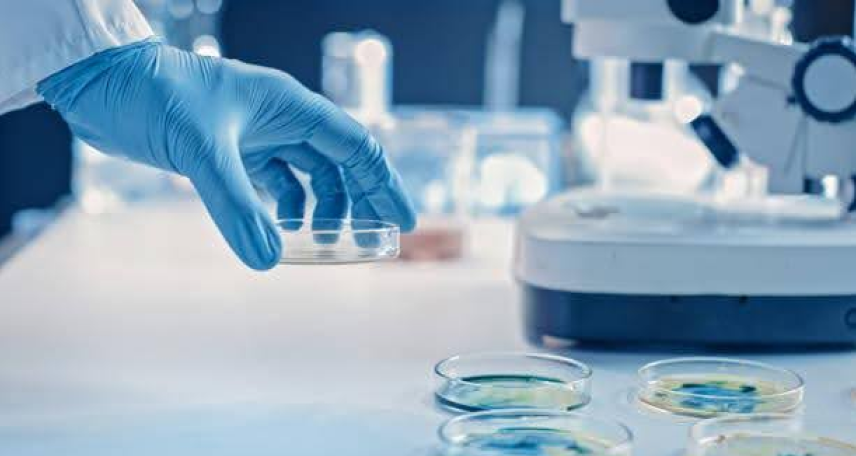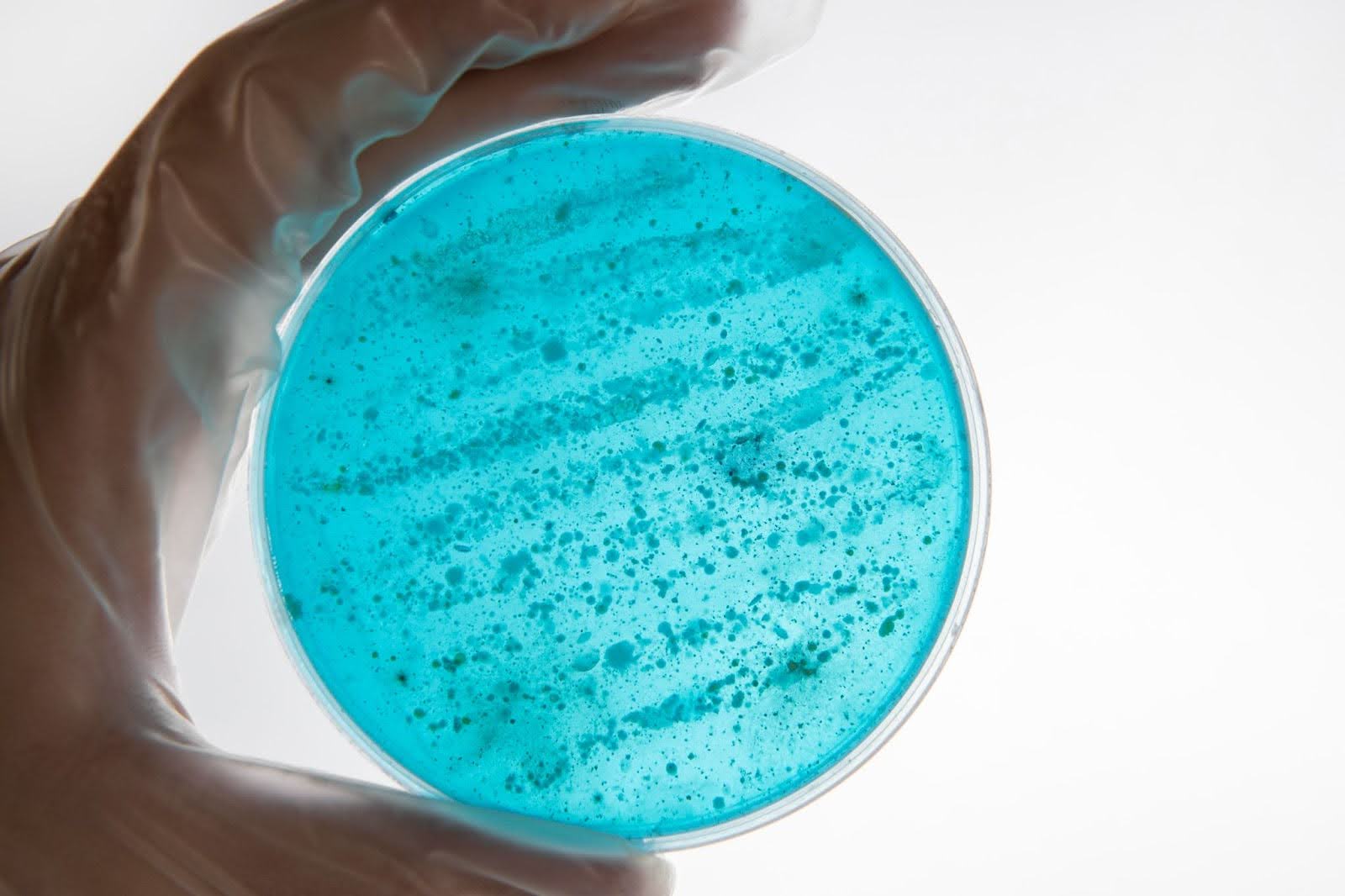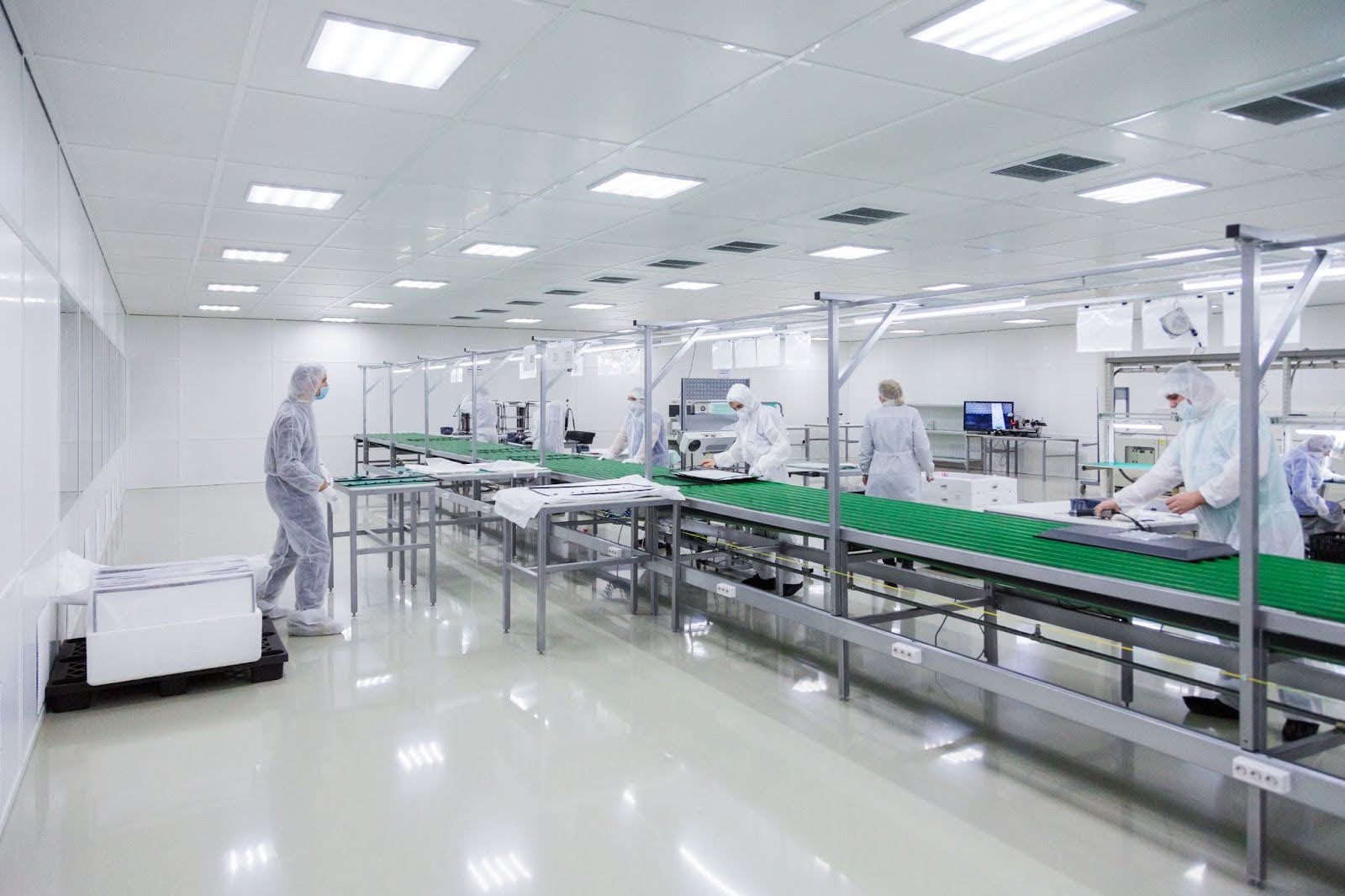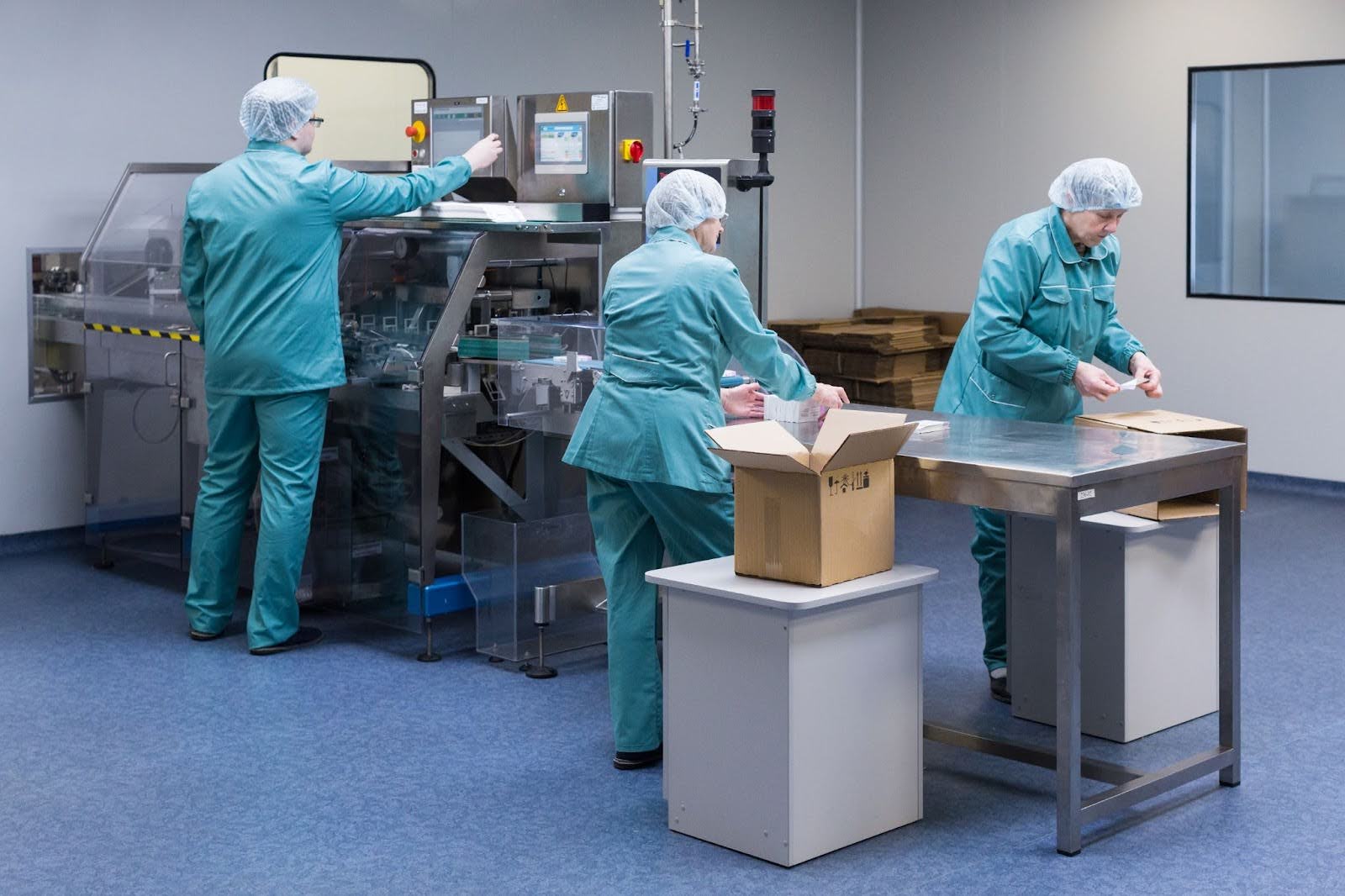by Simantini Singh Deo
9 minutes
The Next Frontier In Pharma QC: MALDI-TOF And Sequencing For Microbial Detection And Typing
Learn how microbial ID and strain typing strengthen contamination control in pharma manufacturing.

In pharmaceutical manufacturing, maintaining sterility is vital for product safety. When microorganisms are found, identifying them helps trace sources and prevent future contamination. Microbial identification (ID) and strain typing reveal the type and origin of contaminants.
With tools like MALDI-TOF and genetic sequencing, this process has become faster, more accurate, and data-driven. This article discusses the role of microbial ID and strain typing in contamination control strategies (CCS) and their integration into environmental monitoring (EM) programs.
A deeper look at microbial identification and typing highlights how data-driven methods redefine contamination control and microbial traceability.
Why Microbial Identification Matters In Contamination Control?
Microbial identification plays a pivotal role in aseptic processing and quality assurance. Understanding the identity and characteristics of microbial contaminants helps manufacturers:
- Trace the source of contamination whether environmental, raw material, or personnel-related.
- Evaluate potential impact on product safety by determining if the microorganism is pathogenic or spoilage-prone.
- Support regulatory investigations during out-of-specification (OOS) or excursion events.
- Strengthen environmental monitoring programs by recognizing recurring flora and adapting cleaning or disinfection strategies.
Under Annex 1 and ISO 14698 guidelines, microbial ID data must feed into the Contamination Control Strategy (CCS), forming the scientific foundation for contamination prevention and continuous improvement. Integrating surface monitoring methods complements identification results by linking microbial recovery patterns to validated sampling points.
Traditional Microbial Identification Methods
Before the advent of modern technologies, microbiologists relied on classical biochemical and morphological methods to identify microorganisms. These techniques typically included:
- Colony morphology observation (shape, color, texture)
- Gram staining for bacterial classification
- Biochemical tests such as catalase, oxidase, or carbohydrate utilization assays
While useful for general characterization, these traditional methods are time-consuming, labor-intensive, and often lack precision, especially when distinguishing closely related microbial species or strains. Accurate cleaning validation in cleanrooms ensures that microbial ID data reflects genuine process hygiene rather than sampling bias.
This limitation drove the development of rapid, high-resolution identification methods such as MALDI-TOF MS and genetic sequencing.
How MALDI-TOF Works?
Matrix-Assisted Laser Desorption/Ionization Time-of-Flight (MALDI-TOF) mass spectrometry has become the gold standard for routine microbial identification in pharmaceutical labs. It identifies microorganisms based on their unique protein “fingerprint,” mainly composed of ribosomal proteins.
Here’s how the process works:
- A small portion of a microbial colony is placed on a metal plate and overlaid with a chemical matrix.
- The sample is exposed to a laser beam, causing desorption and ionization of the proteins.
- The ions travel through a vacuum tube, and their time of flight (TOF) is measured.
- The resulting mass spectrum is compared against a reference database to determine the microorganism’s identity.
This method typically provides species-level identification within minutes, offering a faster and more reliable alternative to conventional biochemical testing.
Advantages Of MALDI-TOF
MALDI-TOF offers several advantages that make it particularly valuable in controlled environments:
- Speed: Identification can be achieved in less than 10 minutes per sample.
- Accuracy: Provides species-level resolution for bacteria, fungi, and yeasts.
- Cost-Effectiveness: Once the system is established, the per-sample cost is relatively low.
- Minimal Sample Preparation: Reduces handling time and potential contamination.
- Integration With LIMS: Facilitates automated data management and trending.
Because of these benefits, MALDI-TOF is now widely used in pharmaceutical quality control laboratories for routine microbial ID from environmental monitoring samples, water systems, and product isolates. Strong operator environmental monitoring practices enhance the reliability of these results by minimizing human-related contamination sources.
Genetic Sequencing For Microbial Identification And Strain Typing
While MALDI-TOF provides rapid species identification, genetic sequencing offers deeper insights into microbial diversity and relationships at the strain level. Sequencing analyzes the DNA or RNA of microorganisms to determine their genetic makeup, enabling precise characterization of even closely related isolates.
Types Of Genetic Sequencing Methods
a) 16S rRNA Gene Sequencing (For Bacteria): This method targets the 16S ribosomal RNA gene, which contains both conserved and variable regions. By comparing the sequence to genetic databases, scientists can accurately identify bacterial species.
b) ITS Sequencing (For Fungi): The Internal Transcribed Spacer (ITS) region of fungal DNA is analyzed for species identification of yeasts and molds.
c) Whole Genome Sequencing (WGS): WGS provides the highest resolution for microbial strain typing. It compares entire genomes to detect even minor genetic variations between isolates—useful for tracking contamination sources and outbreak investigations.
d) Next-Generation Sequencing (NGS): NGS technologies allow simultaneous sequencing of multiple organisms, supporting environmental microbiome studies and advanced contamination mapping.
Advantages Of Sequencing Techniques
Genetic sequencing delivers critical benefits for contamination control and product safety:
- High Discriminatory Power: Enables differentiation between strains of the same species.
- Source Tracking: Identifies whether multiple contamination events originated from the same strain.
- Detection Of Unculturable Organisms: DNA-based methods can identify microbes that don’t grow in standard culture media.
- Regulatory Confidence: Supports data-driven investigations and CAPA implementation.
Although sequencing is more resource-intensive than MALDI-TOF, its detailed insights are invaluable for complex contamination investigations and root cause analyses.
Microbial Strain Typing: Understanding The ‘Who’ Behind The Contamination
While microbial ID reveals what organism is present, strain typing goes a step further by determining which specific strain of that organism is involved. This level of detail is essential for linking contamination events, identifying persistent strains, and differentiating between internal and external contamination sources.
Common Applications Of Strain Typing Include:
- Determining whether repeated contamination incidents are caused by the same strain (persistent contamination) or by different isolates (sporadic contamination).
- Linking isolates from cleanroom surfaces, air samples, and finished products to trace contamination pathways.
- Evaluating the effectiveness of cleaning, disinfection, and procedural controls over time.
With tools like MALDI-TOF spectral comparison and genome-based strain typing, facilities can build microbial “fingerprints” that strengthen the overall contamination control strategy. The role of microbiologists in HACCP extends here, ensuring that microbial typing data supports broader preventive-control frameworks.
Best Practices For Microbial ID And Strain Typing Programs
To ensure microbial ID and strain typing contribute effectively to contamination control, facilities should follow these best practices:
1. Develop A Clear Identification Policy: Establish documented procedures specifying when microbial identification or strain typing should be performed, such as after any EM excursion, recovery of unusual flora, or contamination of critical zones. Define the acceptable level of identification (genus, species, or strain) based on the risk associated with each area or product type.
2. Validate And Calibrate Identification Systems: Whether using MALDI-TOF or sequencing, validation is essential to ensure consistent accuracy and reproducibility. Regular calibration of instruments, verification against known reference strains, and database updates help maintain reliability.
3. Maintain Robust Reference Databases: Identification accuracy heavily depends on the quality of the reference database. Keep databases updated with pharmaceutical-relevant organisms, including environmental isolates typical of controlled manufacturing areas.
4. Integrate Microbial ID Data Into The CCS: All identification results should feed into the facility’s Contamination Control Strategy. Use microbial data to identify recurring trends, evaluate the effectiveness of cleaning programs, and revise risk assessments.
5. Correlate Microbial ID With Environmental Monitoring Trends: Link microbial ID results with environmental monitoring data (locations, frequency, and alert/action levels). This correlation helps detect recurring species or strains and enables targeted preventive actions.
6. Train Microbiologists And Quality Teams: Ensure microbiologists understand the interpretation of MALDI-TOF spectra, sequencing data, and statistical analyses. Cross-training with data analysts can improve trend identification and CAPA effectiveness.
7. Implement Periodic Review And Trending: Periodically review identification and strain typing data to detect patterns such as recurring species, seasonality, or specific contamination hotspots. Trending supports proactive contamination prevention and continuous improvement
Integrating Microbial ID Into The Contamination Control Strategy (CCS)
Annex 1 emphasizes the need for a data-driven contamination control strategy that integrates microbial identification, strain typing, and environmental monitoring results. Microbial ID data provide valuable insights into facility flora, helping define routine cleaning agents, disinfection frequencies, and gowning protocols. By trending microbial data over time, facilities can distinguish between resident environmental flora and potential transient contaminants, allowing targeted interventions that enhance aseptic assurance and regulatory compliance.
Final Words
The shift from traditional biochemical tests to advanced tools like MALDI-TOF and genetic sequencing has transformed microbial identification, offering faster, more accurate, and detailed insights into contamination sources. When integrated into a strong contamination control strategy (CCS), microbial ID and strain typing help manufacturers move from reactive measures to proactive, data-driven contamination management. This not only minimizes risks and ensures consistent product quality but also reinforces patient safety. Ultimately, mastering microbial ID goes beyond identifying microorganisms, it strengthens the entire contamination control ecosystem.
FAQs
1) What Is The Main Difference Between MALDI-TOF and Traditional Microbial Identification Methods?
Traditional methods rely on phenotypic characteristics such as colony morphology, staining, and biochemical reactions, which can take several days and may not differentiate closely related strains. In contrast, MALDI-TOF uses protein fingerprinting to identify microorganisms within minutes, offering higher accuracy, speed, and reproducibility
2) How Does Microbial Strain Typing Benefit Contamination Control Strategies In Pharmaceutical Manufacturing?
Strain typing helps trace the exact source of contamination by distinguishing between different strains of the same species. This enables facilities to pinpoint persistent environmental sources or recurring issues in cleanrooms and take corrective actions quickly, improving overall contamination control and compliance with Annex 1 guidelines
3) Is Sequencing Still Necessary If A Facility Uses MALDI-TOF For Microbial Identification?
Yes, sequencing remains essential in certain cases—especially for novel, rare, or ambiguous organisms that cannot be confidently identified by MALDI-TOF. Sequencing provides deeper genetic insight, allowing for strain-level differentiation, tracking of microbial evolution, and validation of results obtained through MALDI-TOF, ensuring a comprehensive contamination control strategy.




